
São Nicolau de Mira, dito Taumaturgo, também conhecido como São Nicolau de Bari, é o santo padroeiro da Rússia, da Grécia e da Noruega. É o patrono dos guardas noturnos na Armênia e dos coroinhas na cidade de Bari, na Itália, onde estariam sepultados seus restos.
É aceito que São Nicolau, bispo de Mira, seja proveniente de Patara, na Ásia Menor (Turquia), onde teria nascido na segunda metade do século III, e falecido no dia 6 de dezembro de 342.
Sob o império de Diocleciano, Nicolau foi encarcerado por recusar-se a negar sua fé em Jesus Cristo. Após a subida ao poder de Constantino, Nicolau volta a enfrentar oposição, desta vez da própria Igreja. Diante de um debate com outros líderes eclesiásticos, Nicolau levanta-se e esbofeteia um de seus antagonistas. Isso o impede de permanecer como um líder da Igreja.
Nicolau, porém, não se dá por vencido e permanece atuante, prestando auxílio a crianças e outros necessitados.
A ele foram atribuídos vários milagres, sendo daí proveniente sua popularidade em toda a Europa e sua designação como protetor dos marinheiros e comerciantes, santo casamenteiro e, principalmente, amigo das crianças.
De São Nicolau, bispo de Mira (Lícia) no século IV, temos um grande número de relatos e histórias, mas é difícil distinguir as autênticas das abundantes lendas que germinaram sobre este santo muito popular, cuja imagem foi tardiamente relacionada e transformada no ícone do Natal chamado de Papai Noel (português brasileiro) ou Pai Natal (português europeu) um velhinho corado de barba branca, trazendo nas costas um saco cheio de presentes. Inclusivamente que ainda é referido como Santa Claus ou St. Nicholas na maior parte dos países da língua anglófona.

É tido como acolhedor com os pobres e principalmente com as crianças carentes, o primeiro santo da igreja a se preocupar com a educação e a moral tanto das crianças como de suas mães.
lgumas Igrejas Ortodoxas, como a Igreja Ortodoxa Russa, lhe honram com a celebração litúrgica do último domingo do ano no calendário juliano. Os cristãos católicos e ortodoxos de ritos copta e bizantino lhe dedicam grande relevo e a celebração de sua vida pastoral tem grande destaque. O calendários romano e bizantino celebram o seu dia como sendo a 6 de dezembro.
Sua devoção difundiu-se na Europa quando as suas relíquias, roubadas de Mira por 62 soldados de Bari, e trazidas a salvo subtraindo-as aos invasores turcos, foram colocadas com grandes honras na catedral de Bari a 9 de maio de 1807. As relíquias eram precedidas pela fama do suposto “taumaturgo” (“fazedor de milagres”) e pelas coloridas lendas que cercavam sua figura.
São as lendas que o cercam que proporcionaram e aumentam a sua fama.
É contado que teria conseguido converter hereges que querendo saquear a sua igreja, lá encontrando hóstias consagradas, e, ao tocá-las, elas viraram pão. A mais famosa destas lendas conta que uma família muito pobre não tinha como custear o “dote” para casar as suas filhas. O bispo Nicolau, a noite, jogou um saco de moedas de ouro e prata para ajudar a pagar o referido “dote”.
A São Nicolau é atribuído o dom de ressuscitar crianças em sua região (Mira), hoje a localidade de Demre na Turquia. Muitas são as histórias sobre supostas aparições suas; a mais famosa foi no Natal de 1583, na Espanha, quando atendendo as orações de algumas senhoras, teria auxiliado para que nenhum pobre deixasse de receber o seu pão bento. Os pobres, ao serem perguntados sobre a quem lhes teria dado alimento em meio a um “tão pesado inverno”, estes teriam dito que foram socorridos por “um senhor de feições muito serenas e mãos firmes”.
São estas lendas religiosas e a sua iconização como Papai Noel que fazem Nicolau de Mira ser muito conhecido, mas são também a razão de não termos uma visão clara sobre a vida do mesmo.
São Nicolau é igualmente padroeiro dos estudantes. E nessa condição é cultuado em Guimarães, Portugal. Pelo menos desde 1664 (ano da construção da Capela de São Nicolau) que existem indícios da realização das festas em sua honra, pelos estudantes daquela cidade, também chamados de nicolinos.
Estudantes que pouco mais tarde, em 1691, constituíram a Irmandade de São Nicolau, nessa data tendo aprovado os seus estatutos.
Em honra a São Nicolau, padroeiro dos estudantes, realizam-se em Guimarães as Festas Nicolinas, uma das mais antigas celebrações académicas do Mundo, que têm início no dia 29 de Novembro e têm como seu dia mais importante, precisamente o dia 6 de Dezembro (antigo dia dedicado a São Nicolau, por ser o dia do seu falecimento), em que se realizam as Maçãzinhas, número nicolino claramente inspirado na lenda de São Nicolau que salvou as filhas de um estalajadeiro[carece de fontes].
O culto de São Nicolau é próprio dos países da Europa Central, conhecendo em Guimarães (Portugal), também a sua implantação na Península Ibérica.
Festa de São Nicolau (em neerlandês: Sinterklaas feest) é uma festa, celebrada anualmente no dia 5 de dezembro nos Países Baixos e no dia 6 de dezembro na Bélgica com a vinda de São Nicolau (o precursor do Papai Noel) que entrega presentes para as crianças. A festa também é comemorada, mas em menor escala, na Alemanha, na Áustria, na França, na Indonésia, no Luxemburgo (como Kleeschen), naSuíça, na Polônia, na República Checa e principalmente nas regiões Sul e Sudeste do Brasil.[1]
A festa de São Nicolau tem igualmente uma importante e muito antiga celebração em Guimarães, Portugal.
Aí têm lugar as Festas Nicolinas celebradas precisamente em honra de São Nicolau, também padroeiro dos estudantes.
Conta a lenda que três moças não poderiam se casar porque seu pai não tinha condições de pagar seus dotes, na época, indispensáveis. Assim, a sorte das moças estava lançada ao cruel destino de escravidão ou prostituição. São Nicolau, comovido com a situação, jogou três sacos de moedas de ouro pela chaminé da casa das moças. Os sacos caíram dentro das meias das moças que estavam secando junto ao fogo da lareira.
Costuma-se dependurar meias nas lareiras das casas no dia 5 de dezembro à noite, véspera de São Nicolau, fazendo orações. Costuma-se também colocar sapatinhos na janela, para as crianças que não tem lareira. São Nicolau, durante a madrugada, enche de doces as meias ou os sapatinhos das crianças que se comportaram bem durante o ano.

São Nicolau costuma andar acompanhado de Pedro Preto (Black Pete, Zwarte Piet, Svarte Petter), seu ajudante para verificar o comportamento das crianças e distribuir doces, pãezinhos de mel, bengalinhas coloridas de açúcar e moedas de chocolate envoltas em papel dourado.

Pre-Christian Europe
Parallels have been drawn between the legend of Sinterklaas and the figure of Odin,[2] a major god among the Germanic peoples, who was worshipped in North and Western Europe prior to Christianization. Since some elements of the Sinterklaas celebration are unrelated to Christianity, there are theories regarding the pagan origins of various customs of the holiday stemming from areas where the Germanic peoples were Christianized and retained elements of their indigenous traditions, surviving in various forms into modern depictions of Sinterklaas. Non-Christian elements in Sinterklaas that arguably could have been of pagan origin:
- Sinterklaas rides the rooftops on his white horse which has various names, Odin rides the sky with his gray horse Sleipnir.
- Sinterklaas carries a staff and has mischievous helpers with black faces, who listen at chimneys to find out whether children are bad or good and report to Sinterklaas. Odin has a spear and his black ravens, Huginn and Muninn, who report what happens in the world to Odin.[3]
Middle Ages
Originally, the Sinterklaas feast celebrates the name day, 6 December, of Saint Nicholas (270–343), patron saint of children. Saint Nicholas was a Greek bishop of Myra in present-day Turkey. In 1087, his relics were furtively translated to Bari, in southeastern Italy; for this reason, he is also known as Nikolaos of Bari. Bari later formed part of the Spanish Kingdom of Naples, because it was previously conquered in 1442 by Alfonso V of Aragon. The city thus became part of the Kingdom of Aragon and later of Spain, until the 18th century. Because the remains of St. Nicholas were in Bari (then a Spanish city), is this tradition that St. Nicholas comes from Spain, and has a black helper depicted as a Morisco page. St. Nicholas is well known in Spain as the patron of sailors. That is why St. Nicholas comes to the Netherlands on a steamboat. St. Nicholas fame spread throughout Europe. The Western Catholic Church made his name day a Church holiday. In the north of France, he became the patron saint of school children, then mostly in church schools. The folk feast arose during the Middle Ages. In early traditions, students elected one of them as “bishop” on St. Nicholas Day, who would rule until 28 December (Innocents Day). They sometimes acted out events from the bishop’s life. As the festival moved to city streets, it became more lively.[4]
Sinterklaas is assisted by many mischievous helpers with black faces and colourful Moorish dresses. These helpers are called ‘Zwarte Pieten‘ (Black Petes). During the Middle-ages Zwarte Piet was a name for evil. Although the character of Black Pete later came to acquire racial connotations, his origins were in the evil figure. Good and bad play an important role in the feast: good is rewarded, bad and evil is punished. Hence the duplication of the one Saint in a saint and a (frolicking) devil.
The feast was both an occasion to help the poor, by putting money in their shoes (which evolved into putting presents in children’s shoes) and a wild feast, similar to Carnival, that often led to costumes, a “topsy-turvy” overturning of daily roles, and mass public drunkenness.
16th and 17th centuries
After the rebellion of the 17 Dutch provinces against the Spanish Empire, Calvinist regents and ministers prohibited celebration of the Saint. The Republic of the United Provinces became an officially Protestant country following the Reformation, and its governments abolished public celebrations. The South, however, remained Catholic. People there and students in Amsterdam, also Catholic, protested. The governments were forced to allow celebration within the family.
19th century
In the 19th century, the saint emerged from hiding and became more secularized at the same time.[4] The modern tradition of Sinterklaas as a children’s feast was likely confirmed with the illustrated children’s book Sint Nicolaas en zijn knecht (Saint Nicholas and His Servant), written in 1850 by the teacher Jan Schenkman (1806–1863). Some say he introduced the images of Sinterklaas’ delivering presents by the chimney, riding over the roofs of houses on a gray horse, and arriving from Spain by steamboat, then an exciting modern invention. Perhaps building on the fact that Sint Nicholas historically is the patron saint of the sailors (many churches dedicated to him have been built near harbors), Schenkman could have been inspired by the Spanish customs and ideas about the saint when he portrayed him arriving via the water in his book. Schenkman introduced the song Zie ginds komt de stoomboot (“Look over yonder, the steamboat is arriving”), which is still popular in the nation.
In Schenkman’s version, the medieval figures of the mock devil, which later changed to Oriental or Moorish helpers, was portrayed for the first time as black African and called Zwarte Piet (Black Peter).[4] He is a black boy who accompanies Sinterklaas and helps him on his rounds (possibly derived from the Dutch colonial experience, or the Moorish occupation of Spain, the main Catholic nation.) Traditionally Sinterklaas only had one helper, whose name varied wildly. “Piet(er)” the name in use now can be traced back to a book from 1891.
World War II
In the lean times of the German occupation of the Netherlands (1940–1945), Sinterklaas nonetheless came to cheer everyone, not just children. Many of the traditional Sinterklaas rhymes written during those times[5] referred to current events. The Royal Air Force (RAF) was often celebrated. In 1941, for instance, the RAF dropped boxes of candy over the occupied Netherlands. One classical poem that was turned into a contemporary one was the following:
- original
- Sinterklaas, kapoentje
- Gooi wat in mijn schoentje,
- Breng wat in mijn laarsje,
- Dank je Sinterklaasje
- which became the contemporary version
- R.A.F. Kapoentje,
- Gooi wat in mijn schoentje,
- Bij de Moffen gooien,
- Maar in Holland strooien!
- translation
- R.A.F. Capon,
- throw something in my shoe
- throw [bombs] at the Krauts
- but scatter [candy] in Holland!
This is a variation of one of the best-known traditional Sinterklaas rhymes, with “R.A.F.” replacing “Sinterklaas” in the first line, (the two expressions have the same metrical characteristics in the first and second, and in the third and fourth lines) with the Dutch word “Kapoentje”capon is traditional in the rhyme, (but in this case it also alludes to “flying bird”). The second line is straight from the original rhyme, but in the third and fourth line the RAF is encouraged to drop bombs on the Moffen (slur for Germans, like “krauts” in English) and candy over the Netherlands. Many of the Sinterklaas poems of this time noted the lack of food and basic necessities, and the German occupiers having taken everything of value; others expressed admiration for the Dutch Resistance.[6]
Originally Sinterklaas was only accompanied with one (or sometimes two) Zwarte Pieten, but just after the liberation of the Netherlands Canadian soldiers organized a Sinterklaas party with many Zwarte Pieten, and ever since this has been the custom, each Piet normally having its own dedicated task.[7]
Late-20th and 21st centuries
The arrival of Sinterklaas into town became a huge event and is broadcast on national television. Numerous people dress as Zwarte Pieten in various cities and towns across the Netherlands.[8] Traditionally their faces are blackened because Zwarte Piet is a Spanish (moorish) servant of Sinterklaas (though some people said Zwarte Piet was originally a slave who, when Sinterklaas bought him his freedom, was so grateful that he stayed to assist him). Today, sometimes the more politically correct explanation that Pete’s face is “black from soot” (as Pete has to climb through chimneys to deliver his gifts) is used.
In the Netherlands, Saint Nicholas’ Eve, 5 December, became the chief occasion for gift-giving during the Christmas season. The evening is called Sinterklaasavond or Pakjesavond. For Belgian and Dutch children, it is customary to put one shoe in front of the fireplace from the day Sinterklaas arrives in the Netherlands, usually in the third week of November, sing Sinterklaas songs and go to bed. A carrot and/or hay, an apple, etc. may put in the shoe as a treat for Sinterklaas’ horse. The next morning the carrot would be gone and the children may find candy or a small present in their shoes. Drawings made by the children are put into the shoes as a present to Sinterklaas. In houses without a chimney and fireplace the shoes are put in front of the backdoor. The rationalisation is that Sinterklaas has a key for every door, or one key that fits every door.
On the evening of 5 December, (“pakjesavond”) the main presents will somehow arrive, or a note will be “found” that explains where in house the presents were hidden by Zwarte Piet who left a burlap sack with them. Sometimes a neighbor will knock on the door and leave the sack outside for the children to retrieve; this varies per family. When the presents arrive, the living room is decked out with them, much as on Christmas Day in English-speaking countries. On 6 December, Sinterklaas departs without any ado, and all festivities are over.
In Belgium, most children have to wait until the morning of 6 December to receive their gifts, and Sinterklaas is seen as a festivity almost exclusively for children. The shoes are filled with carrots and sugar cubes on the evening of the fifth and often, a bottle of beer for Zwarte Piet and a cup of coffee for Sinterklaas are placed next to them. Sinterklaas largely replaces Christmas as a gift-giving occasion, usually for as long as the children are living at home. Also, when it is time for children to give up their pacifier, they place it into his or her shoe (“safekeeping by Sinterklaas”) and replaced with chocolate the next morning.
However in the Netherlands it is not uncommon to give (small) presents to adults, this can be done in the same way as for the children, however it is not uncommon to attach a small poem reflecting the receiver. This is called a ‘surprise’ pronounced in a Dutch way. When the children reach the age they know “the big secret of sinterklaas” (he does not exist). Some people will shift to Christmas Eve or Christmas Day for the present giving.
Older children in Dutch families where the children are too old to believe in Sinterklaas anymore, also often celebrate Christmas with presents instead of pakjesavond, but often there is a period of a few years where pakjesavond is still celebrated, but the family members (children as well as grownups) give one other family member (chosen by sortition) a special present called a “surprise“. The surprise is normally personalized for the receiver, and often comes with a personalized “Sinterklaas poem”. A surprise (from the French word) is a present that has been packaged in a special way, for example in a large cardboard game computer.
Sinterklaas
Sinterklaas is an elderly, stately and serious man with white hair and a long, full beard. He wears a long red cape or chasuble over a traditional white bishop’s alb and sometimes red stola, dons a red mitre, and holds a gold-coloured crosier, a long ceremonial shepherd’s staff with a fancy curled top and also has a ruby ring. He carries the big book of Saint Nicolas that tells whether each individual child has been good or naughty in the past year. He traditionally rides a white gray.
Zwarte Piet
A Zwarte Piet (Black Pete, plural Zwarte Pieten) is a servant of Sinterklaas, usually an adolescent in blackface with black curly hair, dressed up like a 17th-century page in a colourful dress, often with a lace collar, and donning a feathered cap.
Sinterklaas and his Black Pete usually carry a bag which contains candy for nice children and a roe, a chimney sweep’s broom made of willow branches, used to spank naughty children. Some of the older Sinterklaas songs make mention of naughty children being put in the bag and being taken back to Spain. The Zwarte Pieten toss candy around, a tradition supposedly originating in Sint Nicolaas’ story of saving three young girls from prostitution by tossing golden coins through their window at night to pay their father’s debts.
There are various explanations of the origins of the helpers. The oldest explanation is that the helpers symbolize the two ravens Hugin and Munin who informed Odin on what was going on. In later stories the helper depicts the defeated devil. The devil is defeated by either Odin or his helper Nörwi, the black father of the night. Nörwi is usually depicted with the same staff of birch (Dutch: “roe”) as Zwarte Piet.
Another, more modern story is that Saint Nicolas liberated an Ethiopian slave boy called ‘Piter’ (from Saint Peter) from a Myra market, and the boy was so grateful he decided to stay with Saint Nicolas as a helper.
The Zwarte Pieten have roughly the same relationship to the Dutch Saint Nicolas that the elves have to America’s Santa Claus. According to tradition, the saint has a Piet for every function: there are navigation Pieten (“wegwijspiet”) to navigate the steamboat from Spain to the Netherlands, and acrobatic Pieten to climb roofs and stuff presents down the chimney, or to climb down the chimneys themselves. Over the years many stories have been added. Sometimes, the Pieten are quite bad at their job, for instance the navigation Piet might point in the wrong direction. This provides some comedy in the annual parade of Saint Nicolas coming to the Netherlands, and can also be used to laud the progress of children at school by having the Piet give the wrong answer to, for example, a simple question like “what is 2+2?”, so that the child can give the right answer.
With the influx of immigrants to the Netherlands starting in the late 1950s, Zwarte Piet is felt by some to be racist.[10] Today, Zwarte Pieten have become more modern servants and parents often tell their children that the Pieten have black faces because they climb down dirty, soot-filled chimneys.[11] Although, this modern variation on the tradition is often critiqued by expatriates and locals as being a “cover story” because it does not explain the curly, black hair and large, red lips. 2011 marked “Slavery Remembrance Year” in the Netherlands, further fueling controversy and protests regarding Zwarte Piet [12][13]
Arrival and origin

Sinterklaas arrives in Rumst
Sinterklaas traditionally arrives in the Netherlands each year in mid-November (usually on a Saturday) by steamboat from Spain. Some suggest that gifts associated with the holy man, the mandarin oranges, led to the misconception that he must have been from Spain. This theory is backed by a Dutch poem documented in 1810 in New York and provided with an English translation:
Dutch
Sinterklaas, goedheiligman!
Trek uwe beste tabberd an,
Reis daar mee naar Amsterdam,
Van Amsterdam naar Spanje,
Daar Appelen van Oranje,
Daar Appelen van granaten,
Die rollen door de straten.
English
Saint Nicholas, good holy man!
Put on the Tabard, best you can,
Go, therewith, to Amsterdam,
From Amsterdam to Spain,
Where apples bright of Orange,
And likewise those granate surnam’d,
Roll through the streets, all free unclaim’d […]
[14][15]
The text presented here comes from a pamphlet that John Pintard released in New York in 1810. It is the earliest source mentioning Spain in connection to Sinterklaas. Pintard wanted St. Nicholas to become patron saint of New York and hoped to establish a Sinterklaas tradition. Apparently he got help from the Dutch community in New York, who provided him with the original Dutch Sinterklaas poem. Strictly speaking, the poem does not state that Sinterklaas comes from Spain, but that he needs to go to Spain to pick up the oranges and pomegranates. So the link between Sinterklaas and Spain goes through the oranges, a much appreciated treat in the 19th century. Later the connection with the oranges got lost, and Spain became his home.
At his arrival Sinterklaas parades through the streets on his gray horse Amerigo, welcomed by cheering and singing children.[16] In Belgium, the horse is named Slecht Weer Vandaag, meaning Bad Weather Today.[citation needed] This event is broadcast live on national television in the Netherlands and Belgium. His Zwarte Piet assistants throw candy and small, round, gingerbread-like cookies, either “kruidnoten” or “pepernoten,” into the crowd. The children welcome him by singing traditional Sinterklaas songs. Sinterklaas visits schools, hospitals and shopping centers. After this arrival, all towns with a dock usually celebrate their own “intocht van Sinterklaas” (arrival of Sinterklaas). Local arrivals usually take place later on the same Saturday of the national arrival, the next Sunday (the day after he arrives in the Netherlands or Belgium), or one weekend after the national arrival. In places a boat cannot reach, Sinterklaas arrives by train, horse, or even carriage or fire truck.
Presents

Dutch family celebrating St. Nicholas Eve
Traditionally, in the weeks between his arrival and 5 December, before going to bed, children put their shoes next to the fireplace chimney of the coal-fired stove or fireplace. In modern times, they may put them next to the central heating unit. They leave the shoe with a carrot or some hay in it and a bowl of water nearby “for Sinterklaas’ horse”, and the children sing a Sinterklaas song. The next day they will find some candy or a small present in their shoes.
Typical Sinterklaas treats traditionally include: hot chocolate, mandarin oranges, pepernoten, letter-shaped pastry filled with almond paste or chocolate letter (the first letter of the child’s name made out of chocolate), speculaas (sometimes filled with almond paste),chocolate coins and marzipan figures. Newer treats include pepernoten (a type of shortcrust biscuit or gingerbread biscuits) and a figurine of Sinterklaas made of chocolate and wrapped in colored aluminum foil.
Poems can still accompany bigger gifts as well. Instead of such gifts being brought by Sinterklaas, family members may draw names for an event comparable to Secret Santa. Gifts are to be creatively disguised (for which the Dutch use the French word “surprise”), and are usually accompanied by a humorous poem which often teases the recipient for well-known bad habits or other character deficiencies.[17]
Sinterklaas, Santa Claus, and Christmas
Sinterklaas is the basis for the North American figure of Santa Claus. It is often claimed that during the American War of Independence, the inhabitants of New York City, a former Dutch colonial town (New Amsterdam), reinvented their Sinterklaas tradition, as Saint Nicholas was a symbol of the city’s non-English past.[18] The name Santa Claus supposedly derived from older Dutch Sinter Klaas. However, the Saint Nicholas Society was not founded until 1835, almost half a century after the end of the war.[19] In a study of the “children’s books, periodicals and journals” of New Amsterdam, the scholar Charles Jones did not find references to Saint Nicholas or Sinterklaas.[20] Not all scholars agree with Jones’s findings, which he reiterated in a book in 1978.[21] Howard G. Hageman, of New Brunswick Theological Seminary, maintains that the tradition of celebrating Sinterklaas in New York existed in the early settlement of the Hudson Valley. He agrees that “there can be no question that by the time the revival of St. Nicholas came with Washington Irving, the traditional New Netherlands observance had completely disappeared.”[22] However, Irving’s stories prominently featured legends of the early Dutch settlers, so while the traditional practice may have died out, Irving’s St. Nicholas may have been a revival of that dormant Dutch strand of folklore. In his 1812 revisions to A History of New York, Irving inserted a dream sequence featuring St. Nicholas soaring over treetops in a flying wagon – a creation others would later dress up as Santa Claus.
But was Irving the first to revive the Dutch folklore of Sinterklaas? In New York, two years earlier John Pintard published a pamphlet with illustrations of Alexander Anderson in which he calls for making Saint Nicholas the patron Saint of New York and starting a Sinterklaas tradition. He was apparently assisted by the Dutch because in his pamphlet he included an old Dutch Sinterklaas poem with an English translation. In the Dutch poem, Saint Nicholas is referred to as ‘Sancta Claus’.[15] Ultimately, his initiative helped Sinterklaas to pop up as Santa Claus in the Christmas celebration, which returned – freed of episcopal dignity and ties – via England and later Germany to Europe again.
The Saint Nicholas Society of New York celebrates a feast on 6 December to this day. The town of Rhinebeck in Dutchess County, New York, which was founded by Dutch and German immigrants, has an annual Sinterklaas celebration. It includes Sinterklaas’ crossing the Hudson River and then a parade to the center of town.[23]
During the Reformation in 16th-17th century Europe, many Protestants changed the gift bringer from Sinterklaas to the Christ Child or Christkindl (corrupted in English to Kris Kringle). Similarly, the date of giving gifts changed from 5 or 6 December to Christmas Eve.[24]
Saint Nicholas (Greek: Ἅγιος Νικόλαος, Hagios Nikólaos; Latin: Sanctus Nicolaus) (270 – 6 December 343),[3][4] also called Nikolaos of Myra, was a historic 4th-century saint and Greek[5] Bishop of Myra (Demre, part of modern-day Turkey) in Lycia. Because of the many miracles attributed to his intercession, he is also known as Nikolaos the Wonderworker (Νικόλαος ὁ Θαυματουργός, Nikolaos ho Thaumaturgos). He had a reputation for secret gift-giving, such as putting coins in the shoes of those who left them out for him, and thus became the model for Santa Claus, whose modern name comes from the Dutch Sinterklaas, itself from a series of elisions and corruptions of the transliteration of “Saint Nikolaos”. His reputation evolved among the faithful, as was common for early Christian saints.[6] In 1087, part of the relics (about half of the bones) were furtively translated to Bari, in southeastern Italy; for this reason, he is also known as Nikolaos of Bari. The remaining bones were taken to Venice in 1100. His feast day is 6 December [O.S. 19 December].
The historical Saint Nicholas is commemorated and revered among Anglican,[7] Catholic, Lutheran, and Orthodox Christians. In addition, some Baptist,[8] Methodist,[9] Presbyterian,[10] and Reformed churches have been named in honor of Saint Nicholas.[11]Saint Nicholas is the patron saint of sailors, merchants, archers, thieves, children, pawnbrokers and students in various cities and countries around Europe. He was also a patron of the Varangian Guard of the Byzantine emperors, who protected his relics in Bari.
Nicholas was born a Greek[12][13][14] in Asia Minor during the third century in the city of Patara (Lycia et Pamphylia),[15][16] which was a port on the Mediterranean Sea,[16] and lived in Myra, Lycia[17] (part of modern-day Demre, Turkey), at a time when the region was Greek in its heritage,[16] culture, and outlook and politically part of the Roman diocese of Asia.[16] He was the only son of wealthy Christian parents named Epiphanius (Ἐπιφάνιος) and Johanna (Ἰωάννα) according to some accounts[18] and Theophanes (Θεοφάνης) and Nonna (Νόννα) according to others.[16] He was very religious from an early age[14] and according to legend, Nicholas was said to have rigorously observed the canonical fasts of Wednesdays and Fridays. His wealthy parents died in an epidemic while Nicholas was still young and he was raised by his uncle—also named Nicholas—who was the bishop of Patara. Hetonsured the young Nicholas as a reader and later ordained him a presbyter (priest).
In 325, he was one of many bishops to answer the request of Constantine and appear at the Council of Nicaea. There, Nicolas was a staunch anti-Arian and defender of the Orthodox Christian position, and one of the bishops who signed the Nicene Creed.[19]
n 26 August 1071 Romanus IV, Emperor of the Byzantine Empire (reigned 1068–1071), faced Sultan Alp Arslan of the Seljuk Turks(reigned 1059–1072) in the Battle of Manzikert. The battle ended in humiliating defeat and capture for Romanus. As a result the Empire temporarily lost control over most of Asia Minor to the invading Seljuk Turks. The Byzantines would regain its control overAsia Minor during the reign of Alexius I Comnenus (reigned 1081–1118). But early in his reign Myra was overtaken by the Turks. Taking advantage of the confusion, sailors from Bari in Apulia seized part of the remains of the saint from his burial church in Myra, over the objections of the Orthodox monks. Returning to Bari, they brought the remains with them and cared for them. The remains arrived on 9 May 1087. There are numerous variations of this account. In some versions those taking the relics are characterized as thieves or pirates, in others they are said to have taken them in response to a vision wherein Saint Nicholas himself appeared and commanded that his relics be moved in order to preserve them from the impending Muslim conquest. Currently at Bari, there are two churches at his shrine, one Roman Catholic and one Orthodox.
Sailors from Bari collected just half of Nicholas’ skeleton, leaving all the minor fragments in the grave. These were collected by Venetian sailors during the first crusade and brought to Venice, where a church to St. Nicholas, the patron of sailors, was built on the Lido. This tradition was confirmed in two scientific investigations of the relics in Bari and Venice, which revealed that the relics in the two cities belong to the same skeleton.[20][21]
According to a local legend, some of his remains were brought by three pilgrims to a church in what is now Nikolausberg in the vicinity of the city ofGöttingen, Germany, giving the church and village its name.
It is said that in Myra the relics of Saint Nicholas each year exuded a clear watery liquid which smells like rose water, called manna (or myrrh), which is believed by the faithful to possess miraculous powers. After the relics were brought to Bari, they continued to do so, much to the joy of the new owners. Vials of myrrh from his relics have been taken all over the world for centuries, and can still be obtained from his church in Bari. Even up to the present day, a flask of manna is extracted from the tomb of Saint Nicholas every year on 6 December (the Saint’s feast day) by the clergy of the basilica. The myrrh is collected from a sarcophagus which is located in the basilica vault and could be obtained in the shop nearby. The liquid gradually seeps out of the tomb, but it is unclear whether it originates from the body within the tomb, or from the marble itself; since the town of Bari is a harbor, and the tomb is below sea level, there are several natural explanations for the manna fluid, including the transfer of seawater to the tomb by capillary action.[22]
In 1993 a grave was found on the small Turkish island of Gemile, east of Rhodes, which historians believe is the grave of Saint Nicholas.[23]
On 28 December 2009, the Turkish Government announced that it would be formally requesting the return of St Nicholas’s bones to Turkey from the Italian government.[24][25]Turkish authorities have cited the fact that St Nicolas himself wanted to be and actually got buried at his episcopal town. They also state that his remains were illegally removed from his homeland.
Legends and folklore
Another legend[26] tells how a terrible famine struck the island[clarification needed] and a malicious butcher lured three little children into his house, where he slaughtered and butchered them, placing their remains in a barrel to cure, planning to sell them off as ham. Saint Nicholas, visiting the region to care for the hungry, not only saw through the butcher’s horrific crime but also resurrected the three boys from the barrel by his prayers. Another version of this story, possibly formed around the eleventh century, claims that the butcher’s victims were instead three clerks who wished to stay the night. The man murdered them, and was advised by his wife to dispose of them by turning them into meat pies. The Saint saw through this and brought the men back to life.[citation needed]
In his most famous exploit,[27] a poor man had three daughters but could not afford a proper dowry for them. This meant that they would remain unmarried and probably, in absence of any other possible employment, would have to become prostitutes. Hearing of the poor man’s plight, Nicholas decided to help him, but being too modest to help the man in public (or to save the man the humiliation of accepting charity), he went to his house under the cover of night and threw three purses (one for each daughter) filled with gold coins through the window opening into the man’s house.[citation needed]
One version has him throwing one purse for three consecutive nights. Another has him throw the purses over a period of three years, each time the night before one of the daughters comes of age. Invariably, the third time the father lies in wait, trying to discover the identity of their benefactor. In one version the father confronts the saint, only to have Saint Nicholas say it is not him he should thank, but God alone. In another version, Nicholas learns of the poor man’s plan and drops the third bag down the chimney instead; a variant holds that the daughter had washed her stockings that evening and hung them over the embers to dry, and that the bag of gold fell into the stocking.[citation needed]
The legends with the most likely historical basis are the stories of Nicholas helping three girls and stories of Nicholas helping sailors. Others, especially the legend of the three murdered children, are much later additions to Nicholas lore, historian Dr. Adam English concludes[28] in a new biography of Nicholas for Baylor University Press based on a four-year study of current historical research into Nicholas of Myra.[citation needed]
Miracle of wheat multiplication

A key ring with the image of Nikolaos of Myra as patron of the sailors
During a great famine that Myra experienced in 311–312, a ship was in the port at anchor, which was loaded with wheat for the Emperor in Constantinople. Nicholas invited the sailors to unload a part of the wheat to help in time of need. The sailors at first disliked the request, because the wheat had to be weighed accurately and delivered to the Emperor. Only when Nicholas promised them that they would not suffer any loss for their consideration, the sailors agreed. When they arrived later in the capital, they made a surprising find: the weight of the load had not changed, although the wheat removed in Myra was enough for two full years and could even be used for sowing.[29]
Face of the historical saint
Whereas the devotional importance of relics and the economics associated with pilgrimages caused the remains of most saints to be divided up and spread over numerous churches in several countries, St. Nicholas is unusual in that most of his bones have been preserved in one spot: his grave crypt in Bari. Even with the still-continuing miracle of the manna, the archdiocese of Bari has allowed for one scientific survey of the bones. In the late 1950s, during a restoration of the chapel, it allowed a team of hand-picked scientists to photograph and measure the contents of the crypt grave.
In the summer of 2005, the report of these measurements was sent to a forensic laboratory in England. The review of the data revealed that the historical St. Nicholas was barely five feet in height and had a broken nose.
Formal veneration
Among the Greeks and Italians he is a favorite of sailors, fishermen, ships and sailing. As such he has become over time the patron saint of several cities maintaining harbors. In centuries of Greek folklore, Nicholas was seen as “The Lord of the Sea”, often described by modern Greek scholars as a kind of Christianized version of Poseidon. In modern Greece, he is still easily among the most recognizable saints and 6 December finds many cities celebrating their patron saint. He is also the patron saint of all of Greece.[citation needed]
In the Eastern Orthodox Church, Saint Nicholas’ memory is celebrated on almost every Thursday of the year (together with the Apostles) with special hymns to him which are found in the liturgical book known as the Octoechos. Soon after the transfer of Saint Nicholas’ relics from Myra to Bari, a Russian version of his Life and an account of the transfer of his relics were written by a contemporary to this event.[30] Devotional akathists and canons have been composed in his honour, and are frequently chanted by the faithful as they ask for his intercession. He is mentioned in the Liturgy of Preparationduring the Divine Liturgy (Eastern Orthodox Eucharist) and during the All-Night Vigil. Many Orthodox churches will have his icon, even if they are not named after him.[citation needed]
In late medieval England, on Saint Nicholas’ Day parishes held Yuletide “boy bishop” celebrations. As part of this celebration, youths performed the functions of priests and bishops, and exercised rule over their elders. Today, Saint Nicholas is still celebrated as a great gift-giver in several Western European countries. According to one source, in medieval times nuns used the night of 6 December to deposit baskets of food and clothes anonymously at the doorsteps of the needy. According to another source, on 6 December every sailor or ex-sailor of the Low Countries (which at that time was virtually all of the male population) would descend to the harbour towns to participate in a church celebration for their patron saint. On the way back they would stop at one of the various Nicholas fairs to buy some hard-to-come-by goods, gifts for their loved ones and invariably some little presents for their children. While the real gifts would only be presented at Christmas, the little presents for the children were given right away, courtesy of Saint Nicholas. This and his miracle of him resurrecting the three butchered children made Saint Nicholas a patron saint of children and later students as well.[citation needed]
Among Albanians, Saint Nicholas is known as Shen’Kollë and is venerated by most Catholic families, even those from villages that are devoted to other saints. The Feast of Saint Nicholas is celebrated on the evening before 6 December, known as Shen’Kolli i Dimnit (Saint Nicholas of Winter), as well as on the commemoration of the interring of his bones in Bari, the evening before 9 May, known as Shen’Kolli i Majit (Saint Nicholas of May). Albanian Catholics often swear by Saint Nicholas, saying “Pasha Shejnti Shen’Kollin!” (“May I see Holy Saint Nicholas!”), indicating the importance of this saint in Albanian culture, especially among the Albanians of Malësia. On the eve of his feast day, Albanians will light a candle and abstain from meat, preparing a feast of roasted lamb and pork, to be served to guests after midnight. Guests will greet each other, saying, “Nata e Shen’Kollit ju nihmoftë!” (“May the Night of Saint Nicholas help you!”) and other such blessings. The bones of Albania’s greatest hero, George Kastrioti, were also interred in the Church of Saint Nicholas in Lezha, Albania, upon his death.[citation needed]
Iconography
Saint Nicholas is a popular subject portrayed on countless Eastern Orthodox icons, particularly Russian ones. He is depicted as an Orthodox bishop, wearing the omophorion and holding a Gospel Book. Sometimes he is depicted wearing the Eastern Orthodox mitre, sometimes he is bareheaded. Iconographically, Nicholas is depicted as an elderly man with a short, full white beard and balding head. In commemoration of the miracle attributed to him by tradition at the Ecumenical Council of Nicea, he is sometimes depicted with Christ over his left shoulder holding out a Gospel Book to him and the Theotokos over his right shoulder holding the omophorion. Because of his patronage of mariners, occasionally Saint Nicholas will be shown standing in a boat or rescuing a drowning sailor.[citation needed]
In Roman Catholic iconography, Saint Nicholas is depicted as a bishop, wearing the insignia of this dignity: a red bishop’s cloak, a redmiter and a bishop’s crozier. The episode with the three dowries is commemorated by showing him holding in his hand either three purses, three coins or three balls of gold. Depending on whether he is depicted as patron saint of children or sailors, his images will be completed by a background showing ships, children or three figures climbing out of a wooden barrel (the three slaughtered children he resurrected).[citation needed]
In a strange twist, the three gold balls referring to the dowry affair are sometimes metaphorically interpreted as being oranges or other fruits. As in the Low Countries in medieval times oranges most frequently came from Spain, this led to the belief that the Saint lives in Spain and comes to visit every winter bringing them oranges, other ‘wintry’ fruits and tales of magical creatures.[citation needed]
In music
Operetta St. Nicholas arrives
Salesian priest Jerko Gržinčič wrote a Christmas operetta in three acts entitled Miklavž prihaja (St. Nicholas arrives). The premiere took place before World War II in the Union Hostel in Ljubljana (now in Slovenia) with great success.[31]

Noel Baba at the square in front of the church in Demre.
Metamorphosis in Demre
The evolution of Saint Nicholas into the more commercially lucrative Santa Claus—which took centuries in Europe and America—has recently been re-enacted in the saint’s home town of Demre, Turkey. The modern city is built near the ruins of ancient Myra, and attracts many Russian tourists as St. Nicholas is a very popular Orthodox saint. Restoration on Saint Nicholas’ original church is currently underway, with the Ministry of Culture and Tourism in 2007 permitting Divine Liturgy to be celebrated at the site, and contributing 40,000Turkish Lira to the project.[citation needed]
A solemn bronze statue of the saint by Russian sculptor Gregory Pototsky was donated by the Russian government in 2000, and was given a prominent place in the square fronting the medieval Church of St. Nicholas. In 2005, mayor Süleyman Topçu had the statue replaced by a red-suited plastic Santa Claus statue, because he wanted an image more recognisable to foreign visitors. Protests from the Russian government against this were successful, and the bronze statue was returned (albeit without its original high pedestal) to a corner nearer the church.[citation needed]
References
- ^ Book of Martyrs. Catholic Book Publishing. 1948.
- ^ “Serbia”. Saint Nicholas Center. Retrieved 4 April 2012.
- ^ “Who is St. Nicholas?”. St. Nicholas Center. Retrieved 7 December 2010.
- ^ “St. Nicholas”. Orthodox America. Retrieved 7 December 2010.
- ^ Cunningham, Lawrence (2005). A brief history of saints. Wiley-Blackwell. p. 33. ISBN 978-1-4051-1402-8. “The fourth-century Saint Nikolaos of Myra (in present-day Turkey) spread to Europe through the port city of Bari in southern Italy…Devotion to the saint in the Low countries became blended with Nordic folktales, transforming this early Greek bishop into that Christmas icon, Santa Claus’.”
- ^ Jones, Charles W. (1978). Saint Nikolaos of Myra, Bari, and Manhattan: Biography of a Legend. University of Chicago Press.ISBN 978-0-226-40700-5.
- ^ http://prayerbook.ca/the-prayer-book-online/57-the-calendar-ix
- ^ St. Nicholas Bethel Bethel Baptist Church
- ^ St. Nicholas United Methodist Church – Church Gazetteer
- ^ St Nicholas’ Cardonald Parish Church – Church Gazetteer
- ^ New York’s Dutch Cathedral: The Collegiate Church of St. Nicholas, Fifth Avenue
- ^ Domenico, Roy Palmer (2002). The regions of Italy: a reference guide to history and culture. Greenwood Publishing Group. p. 21.ISBN 0-313-30733-4. “Saint Nicholas (Bishop of Myra) replaced Sabino as the patron saint of the city…A Greek from what is now Turkey, he lived in the early fourth century.”
- ^ Burman, Edward (1991). Emperor to emperor: Italy before the Renaissance. Constable. p. 126. ISBN 0-09-469490-7. “For although he is the patron saint of Russia, and the model for a northern invention such as Santa Glaus, Nicholas of Myra was a Greek.”
- ^ a b Ingram, W. Scott; Ingram, Asher, Scott; Robert (2004). Greek Immigrants. Infobase Publishing. p. 24. ISBN 0-8160-5689-7, 9780816056897. “Saint Nicholas The original Santa Claus, Saint Nicholas, was a Greek born in Turkey in the fourth century. He was very religious from an early age and devoted his life to Christianity.”
- ^ Lanzi, Gioia (2004). Saints and their symbols: recognizing saints in art and in popular images. Liturgical Press. p. 111.ISBN 0-8146-2970-9. “Nicholas was born around 270 in Patara on the coast of what is now western Turkey.”
- ^ a b c d e Collins, Ace (2009). Stories Behind Men of Faith. Zondervan. p. 121. ISBN 0-310-56456-5, 9780310564560. “Nicholas was born in the Greek city of Patara around 270 AD. The son of a businessman named Theophanes and his wife, Nonna, the child’s earliest years were spent in Myra…As a port on the Mediterranean Sea, in the middle of the sea lanes that linked Egypt, Greece and Rome, Myra was a destination for traders, fishermen, and merchant sailors. Spawned by the spirit of both the city’s Greek heritage and the ruling Roman government, cultural endeavours such as art, drama, and music were mainstays of everyday life.”
- ^ Faber, Paul (2006). Sinterklaas overseas: the adventures of a globetrotting saint. KIT Publishers. p. 7. ISBN 90-6832-437-3, 9789068324372. “The historical figure that served as model for the Dutch Sinterklaas was born around 270 CE in the port of Patara in the Greek province of Lycia in Asia Minor (present-day Turkey). His Greek name Nikolaos means something along the lines of “victor of the people”.”
- ^ Lanzi, Gioia (2004). Saints and their symbols: recognizing
- saints in art and in popular images. Liturgical Press. p. 111.ISBN 0-8146-2970-9. “Nicholas was born around 270 in Patara on the coast of what is now western Turkey; his parents were Epiphanius and Joanna.”
- ^ name=” Davis, Leo Donald; 1990 58 “>{{cite book |author= Davis, Leo Donald |title= The First Seven Ecumenical Councils (325-787) Their History and Theology |publisher= Liturgical Press |year= 1990 |page=58 |isbn= 0-8146-5616-1
- ^ Ci sono ossa di san Nicola anche a Venezia? (in Italian)
- ^ Are all the bones in Bari? (in Italian)
- ^ Girling, Richard, 2004-12-12, Talking Point: Now do you believe in Santa Claus?, The Times
- ^ Santa’s tomb is found off Turkey The Independent, 17 Dec 1993. Retrieved on 10 Jun 2012.
- ^ “Turks want Santa’s bones returned”. BBC News. 28 December 2009. Retrieved 23 May 2010.
- ^ ‘Santa Claus’s bones must be brought back to Turkey from Italy’
- ^ http://www.stnicholascenter.org/Brix?pageID=409 (Dutch)
- ^ Bennett, William J. (2009). The True Saint Nicholas: Why He Matters to Christmas. Howard Books. pp. 14–17. ISBN 978-1-4165-6746-2.
- ^ English, Adam, and Crumm, David (2 December 2012). “Adam English digging back into the real St. Nicholas”. ReadTheSpirit online magazine.
- ^ Le Saux, Françoise Hazel Marie (2005). A companion to Wace. D.S.Brewer. ISBN 978-1-84384-043-5.
- ^ “Feasts and Saints, Commemorated on May 9”. Orthodox Church in America. Retrieved 4 April 2012.
- ^ This operetta is translated in Croatian as: “Sveti Nikola dolazi” and partly in Hungarian: “Jön a Mikulás“.
[edit]Further reading
- Jones, Charles W. “Saint Nicholas of Myra, Bari, and Manhattan: Biography of a Legend” (Chicago: University of Chicago Press) 1978.
- ASANO, Kazuo ed., The Island of St. Nicholas. Excavation and Research of Gemiler Island Area, Lycia, Turkey (Osaka University Press) 2010.
- English, Adam C., “The Saint Who Would Be Santa Claus: The True Life and Trials of Nicholas of Myra” (Waco, TX: Baylor University Press) 2012.
[edit]External links
(original tomb at Church of Saint Nicholas, Myra, Turkey)


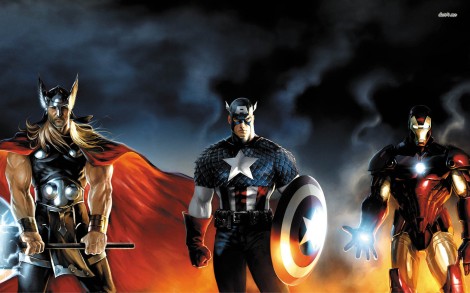




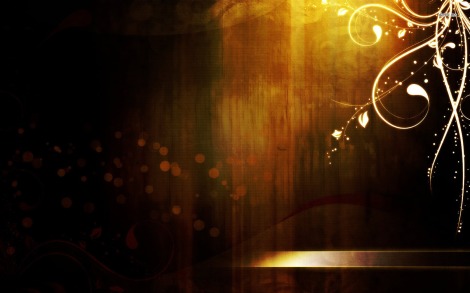


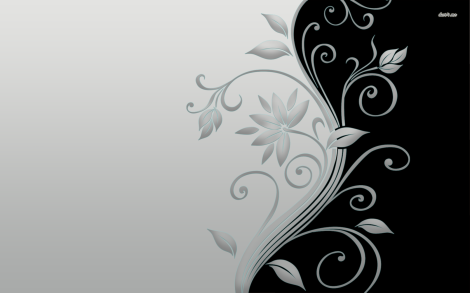

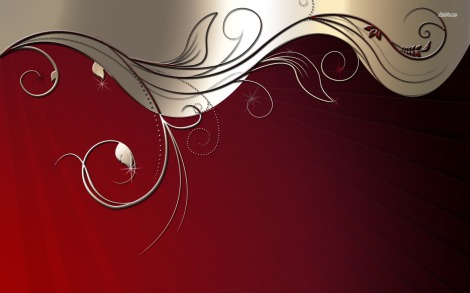


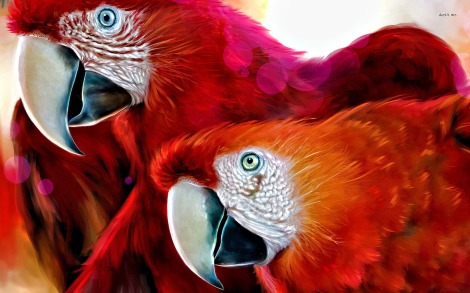



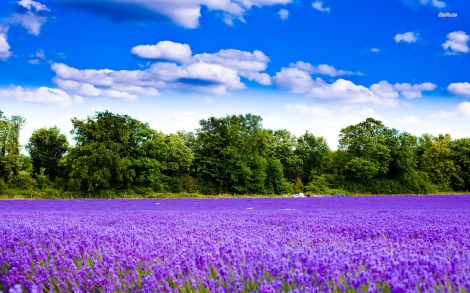
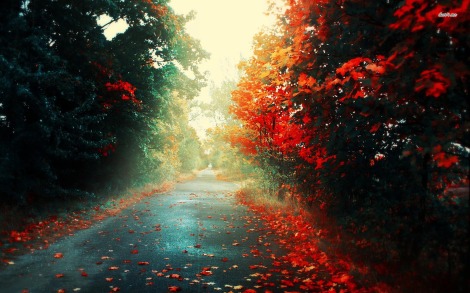



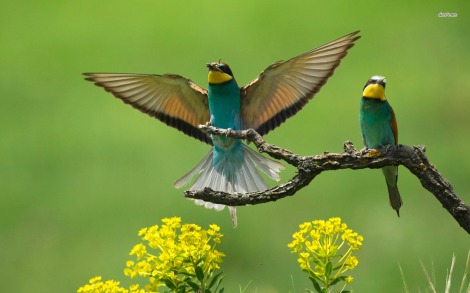
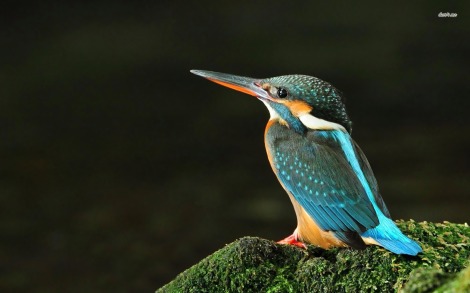




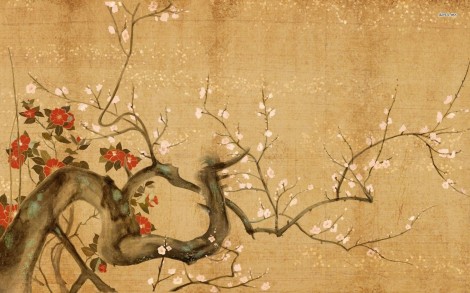

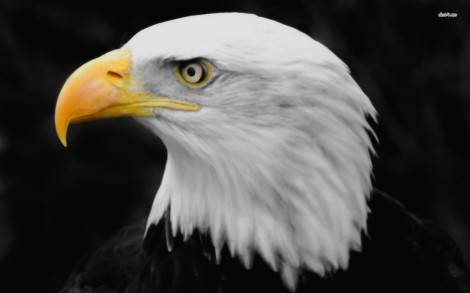

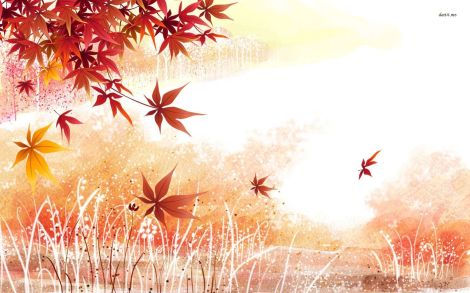



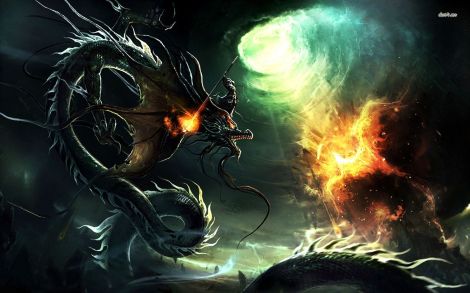

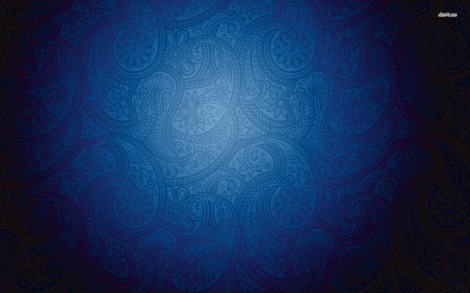

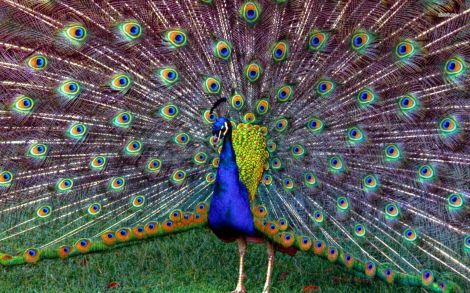


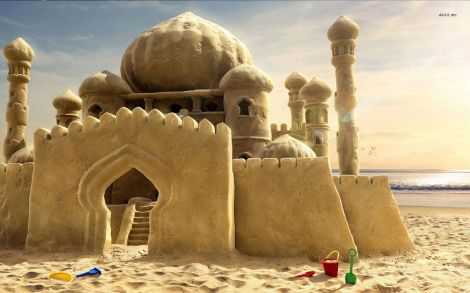
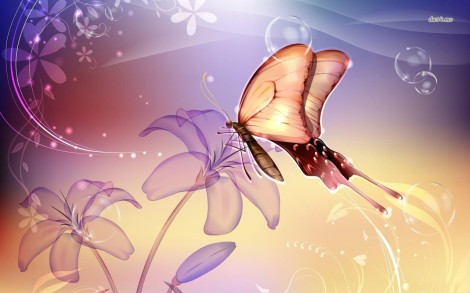

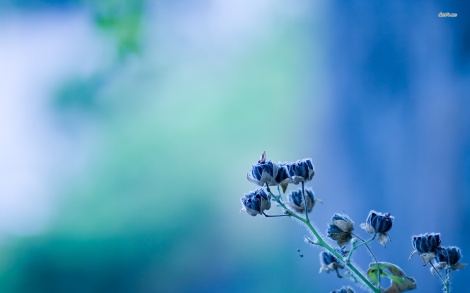

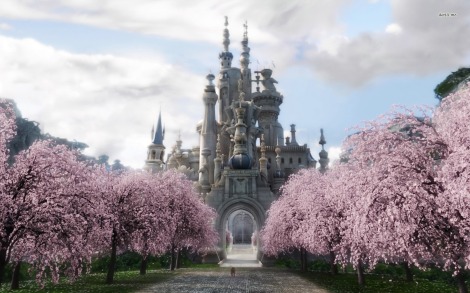

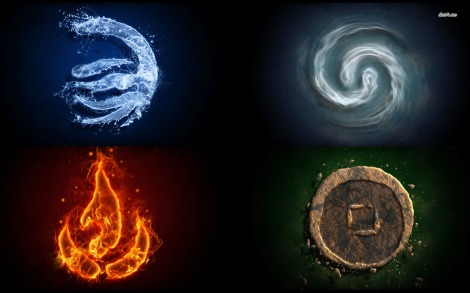

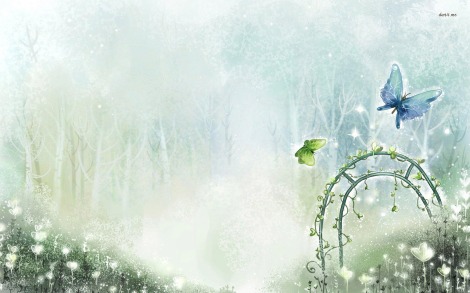
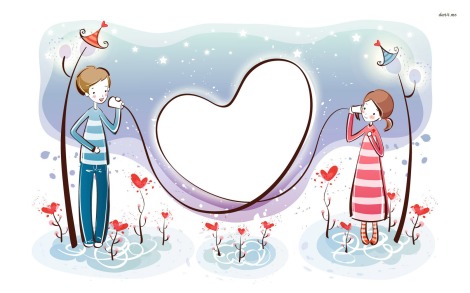
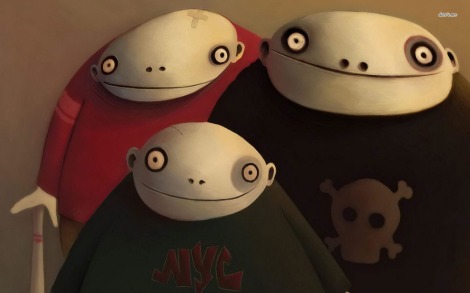

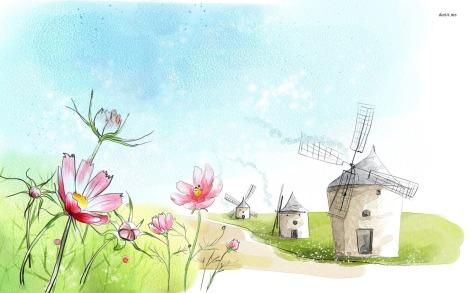
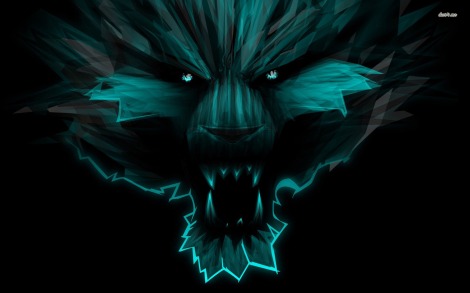

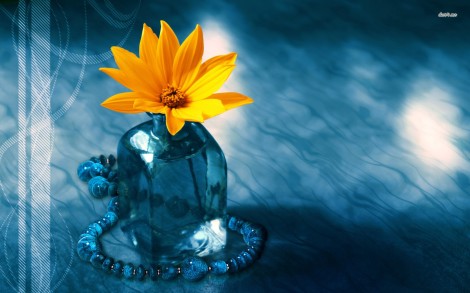

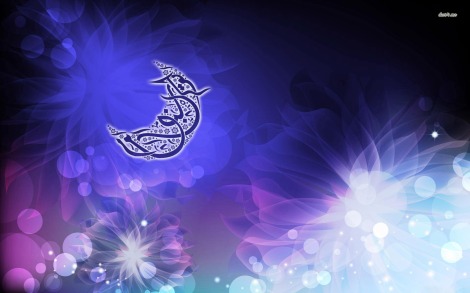


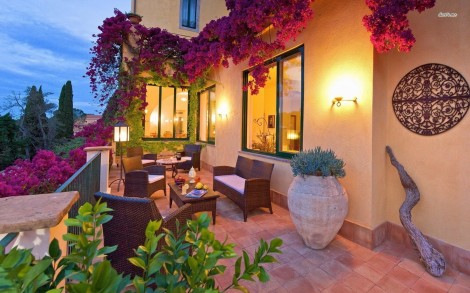






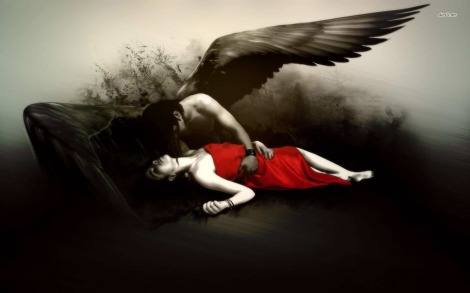
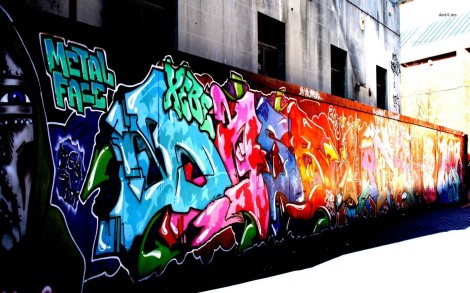
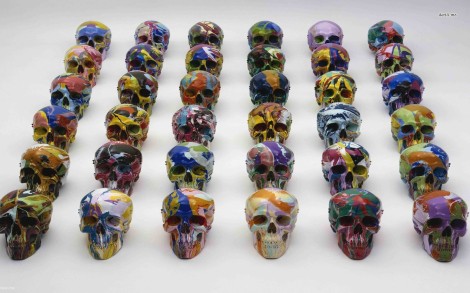
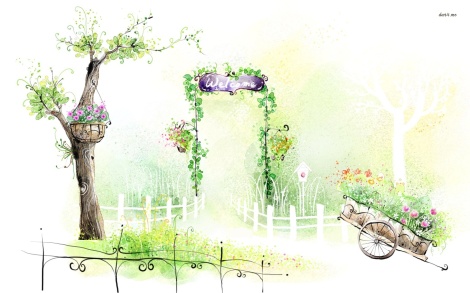
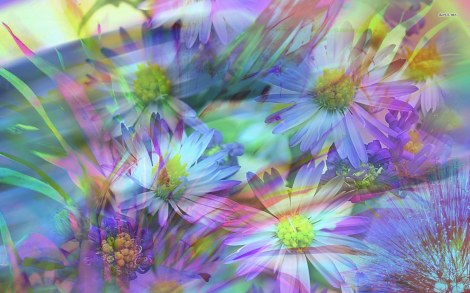

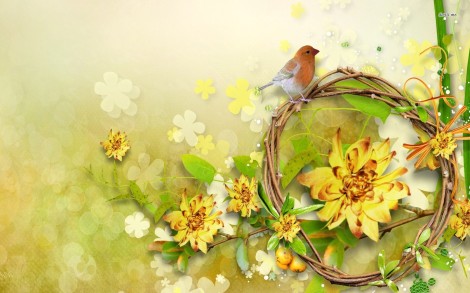





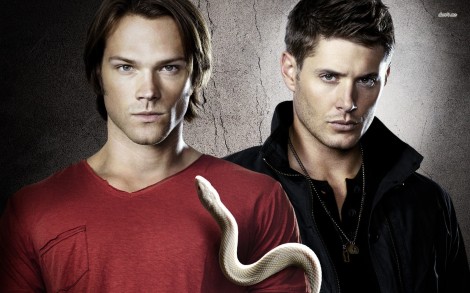

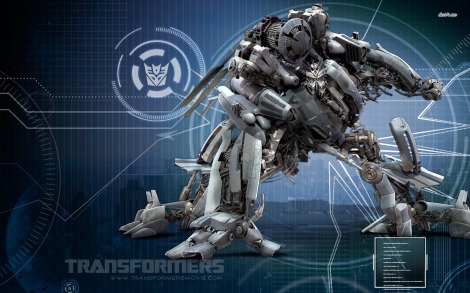
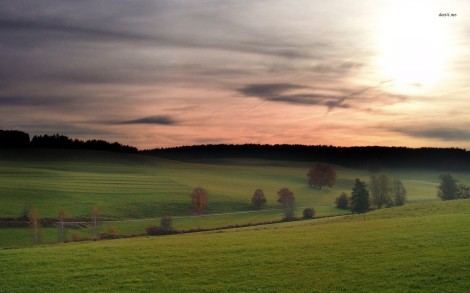




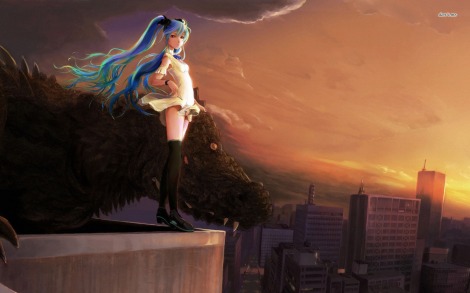

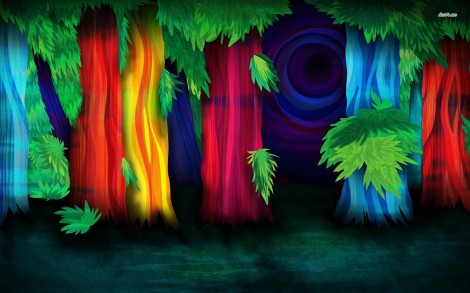
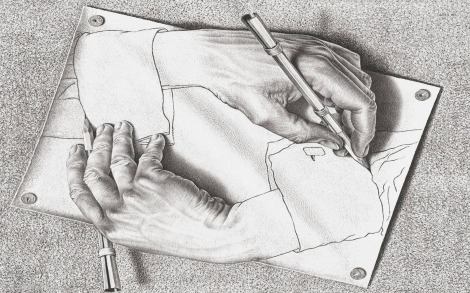
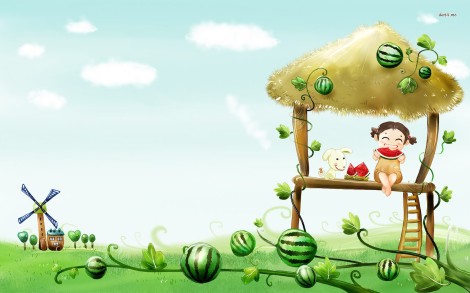




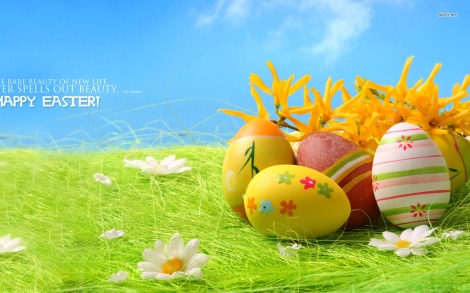







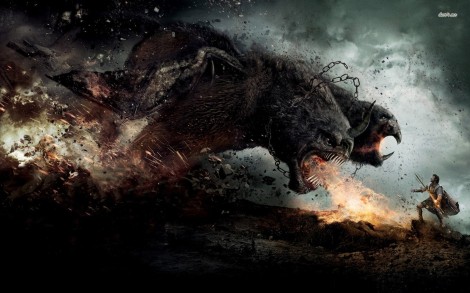


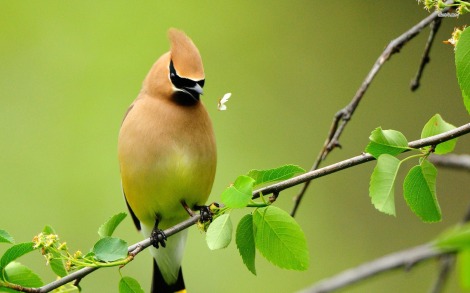
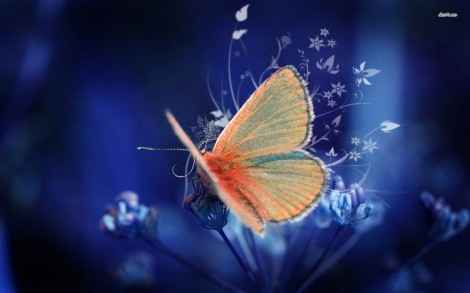
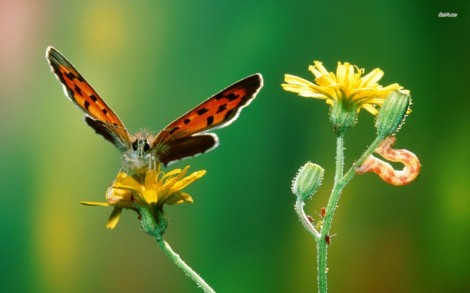
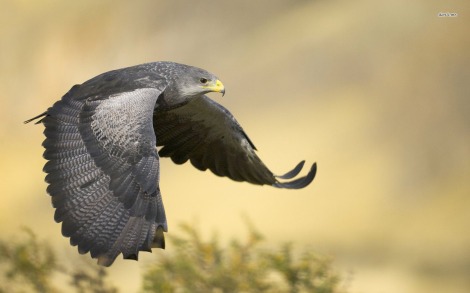
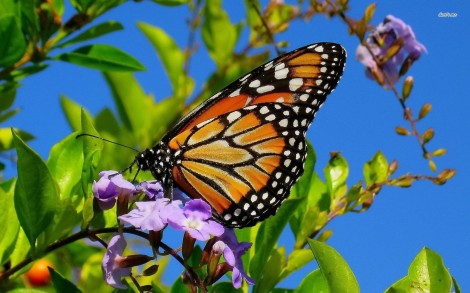


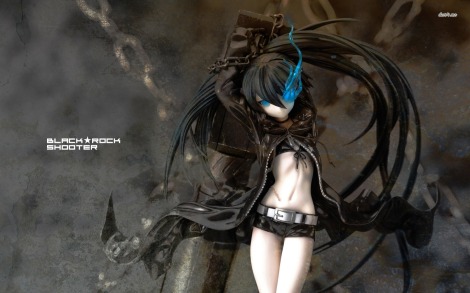



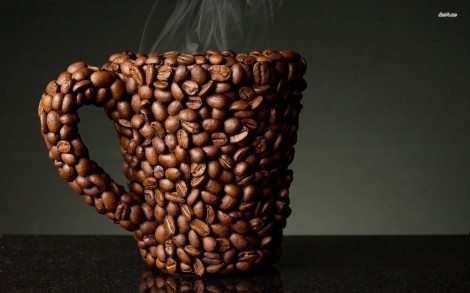

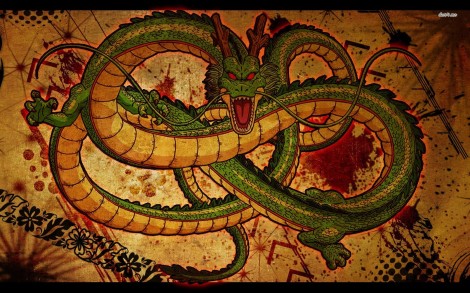

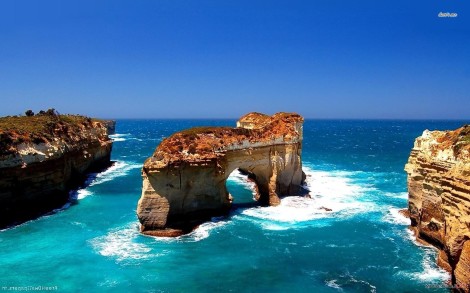
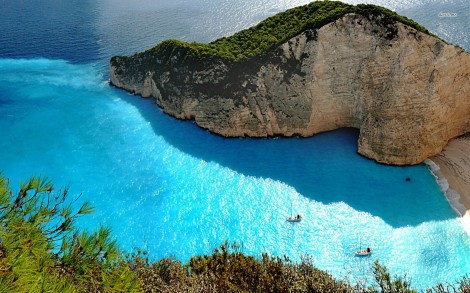


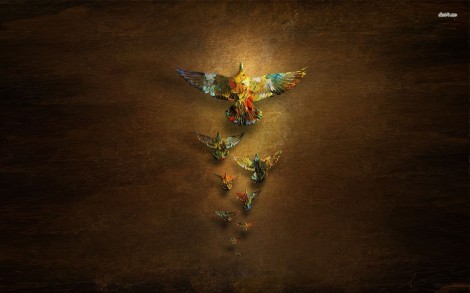
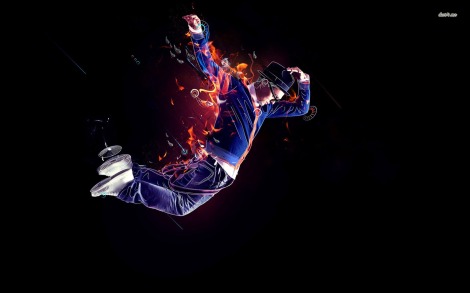




















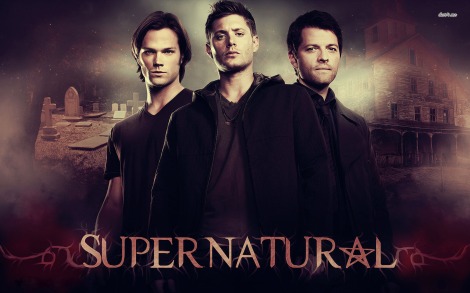

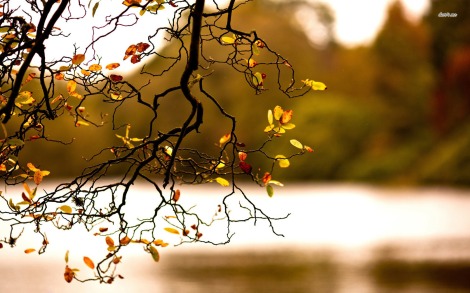




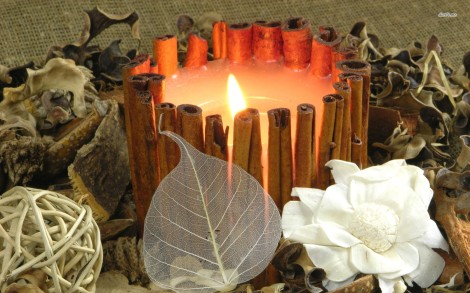

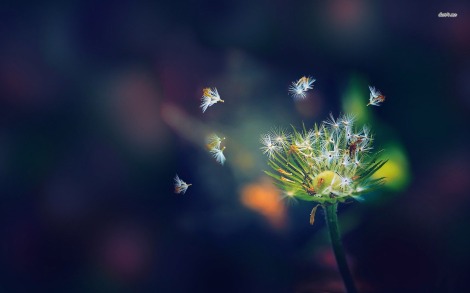



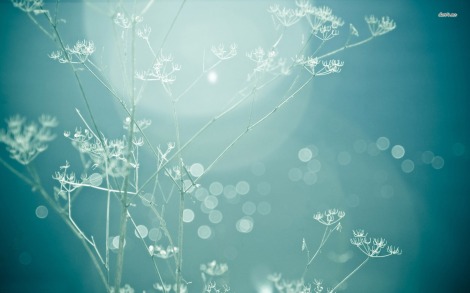
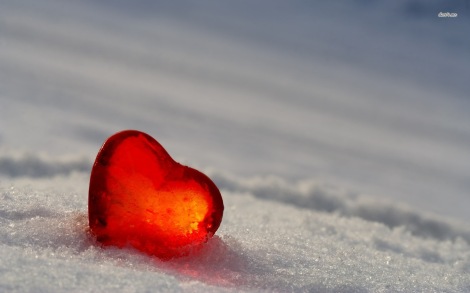


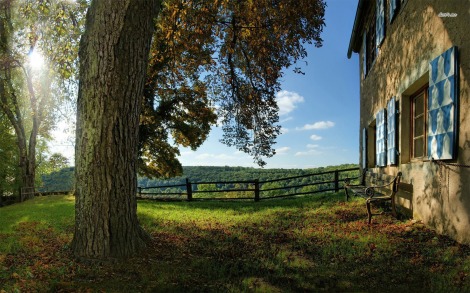
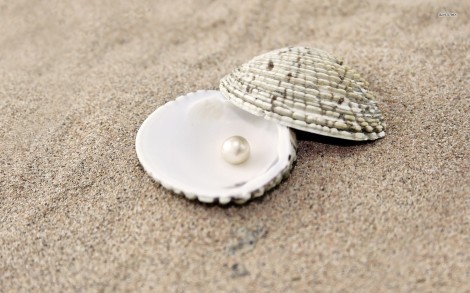
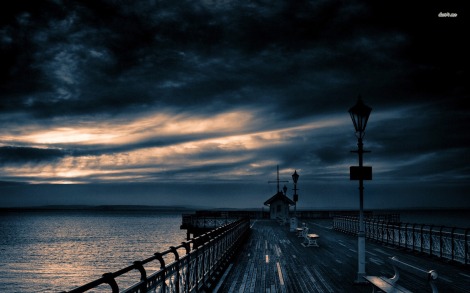


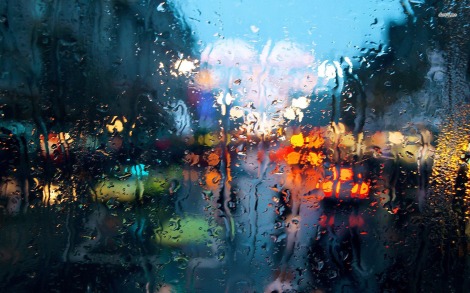
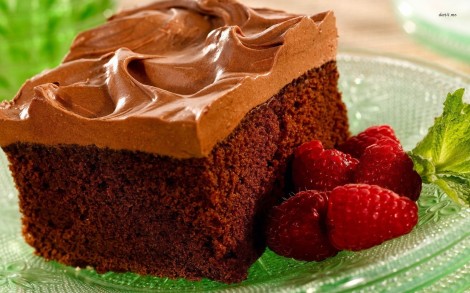
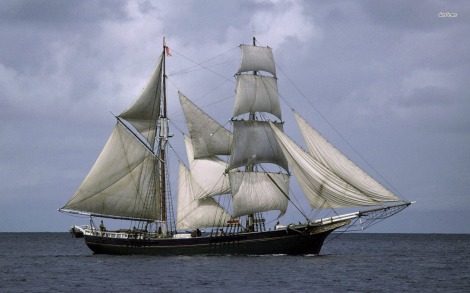

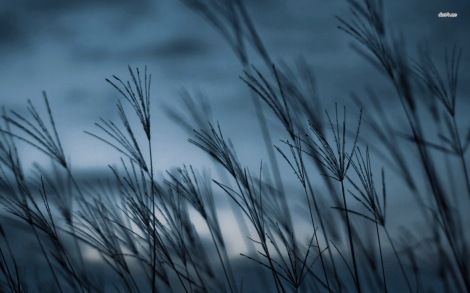
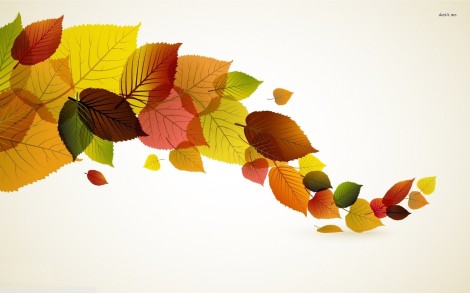












































































































































































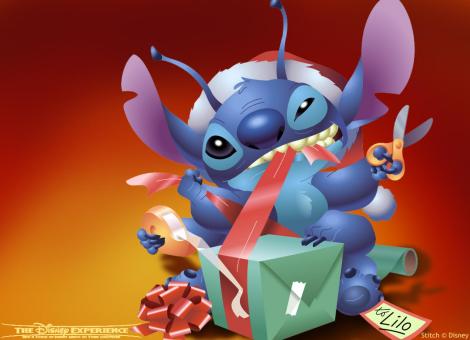












































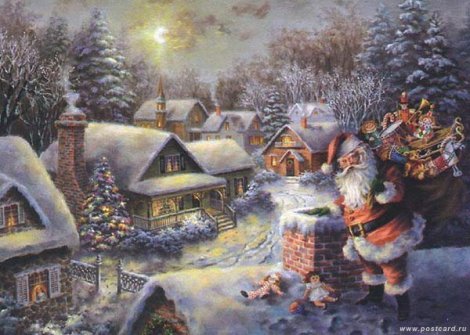













































































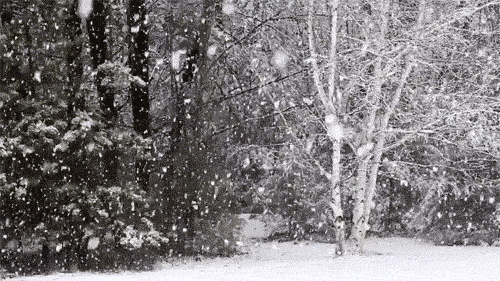

Comentários mais recentes